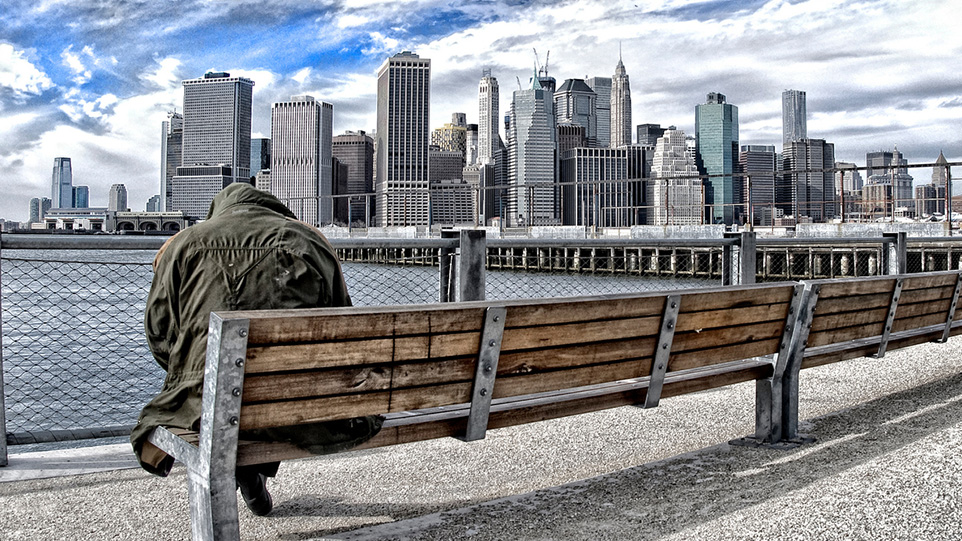Our history illustrates that, at their noblest, peaceful protests can inspire meaningful change. The terrible injustice suffered by George Floyd sparked a spontaneous movement meant to diminish racial disparities, and peaceful demonstrators have an opportunity to advance that cause. But in the places where protests descended into looting, arson and violence, the result could be the opposite. As cities try to recover in the weeks and months ahead, they should focus on how to mitigate the negative effects of lawlessness on economic opportunity and public safety, which could end up exacerbating two of the biggest challenges facing black and brown neighborhoods in and around America’s cities.
On the economic front, history offers some clues about the scars the unrest may leave behind. While the nationwide riots of the 1960s and the Los Angeles riots in 1992 were much larger in scope than the recent violence, analyses of their economic impact suggest that it could take years for some communities to bounce back. A 2007 study published in the Journal of Economic History, for example, found that the riots of the 1960s led to significant population loss and “depressed the median value of black-owned property between 1960 and 1970, with little or no rebound in the 1970s.” More recently, a 2004 report in Urban Studies found that the 1992 Rodney King riots resulted in “a cumulative loss of at least $3.8 billion in taxable sales and over $125 million in direct sales tax revenue” for Los Angeles. And images of boarded-up businesses destroyed in Ferguson, Mo., remind us that the city still hasn’t recovered from the disturbances of 2014.
The economic damage may be compounded by an erosion of public safety. The broken windows theory of policing recognizes the link between visible disorder and serious crime: Much as one broken window left unrepaired may lead to the destruction of others — because it sends the message that no one will intervene to fix them — so, too, does ignoring lower-level offenses committed in public spaces ultimately invite more serious criminality. When people look around their neighborhoods and see vagrancy and defaced property, they understandably retreat in fear — emboldening gangs, drug dealers, thieves and other serious criminals to move in.
Continue reading the entire piece here at The Washington Post
______________________
Rafael A. Mangual is a fellow and deputy director for legal policy at the Manhattan Institute and a contributing editor of City Journal. Follow him on Twitter here.
This piece originally appeared in The Washington Post


